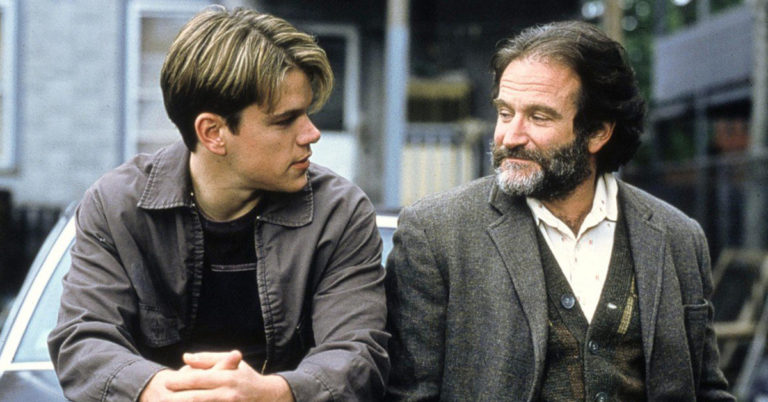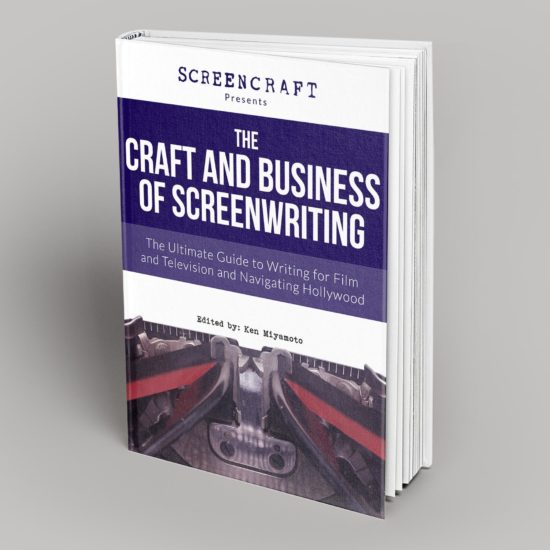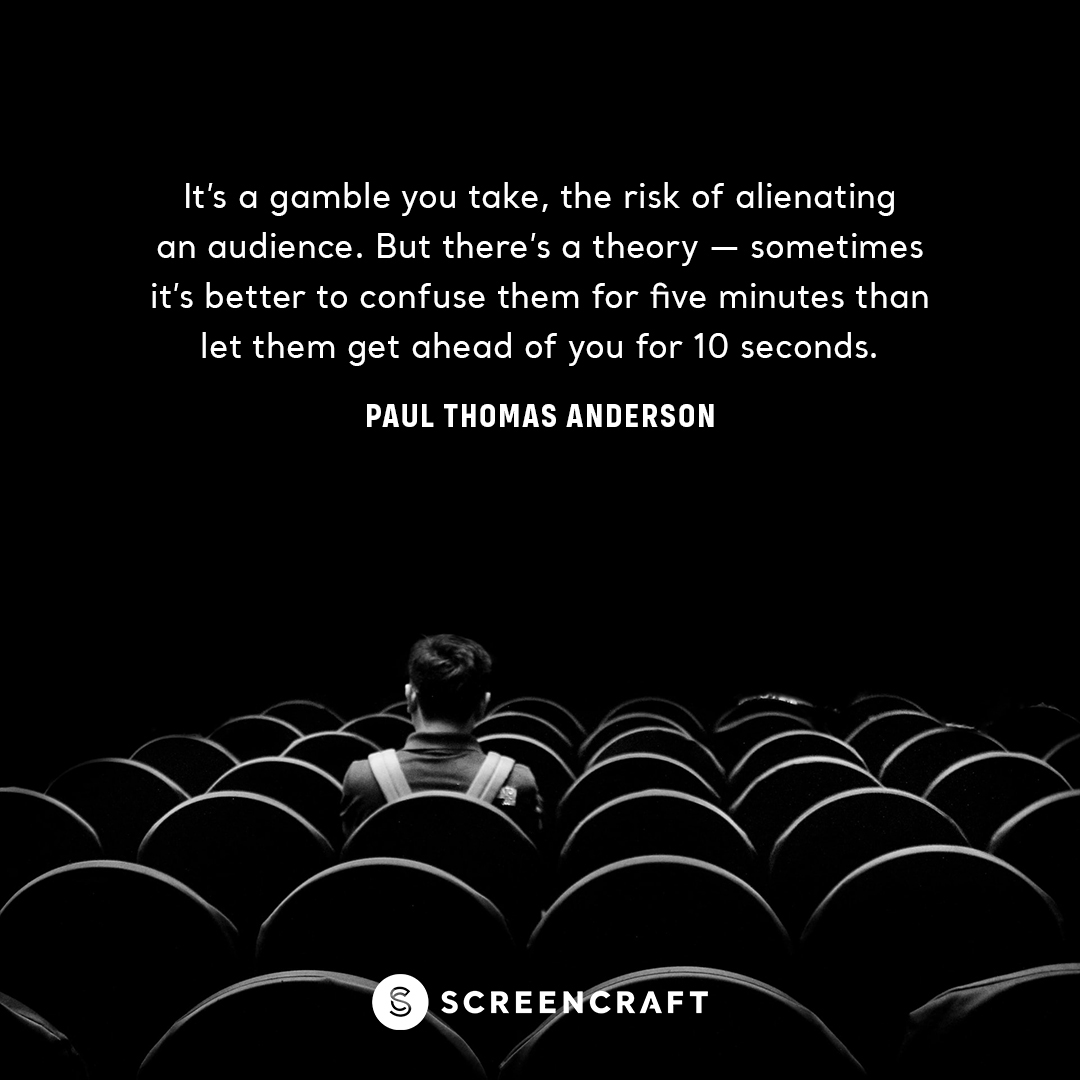
The Hero's Journey gives us a solid story structure template. It tells us where our characters should go and who they should meet along the way. In effect, it tells us what should externally happen to a character along their journey.
This story structure, though, only paints half the picture. It often fails to address the beats that strike a deep emotional chord with the audience: the character's emotional journey.
We want a story structure that is not only able to account for the journey occurring *outside* of a character, but we also want one that is able to account for the journey that arises from *inside* a character.
Give Your Character a Wound
Flawed characters tend to be flawed for a reason. Oftentimes something happened in their past (and often their youth) that had a profoundly traumatic effect on them.
This trauma gives rise to a character's wound. It's the emotional baggage they carry and bring to every relationship from that moment forward.
Some characters are better at hiding their wound than others. But regardless, these flawed characters tend to develop coping mechanisms to deal with their wound.
Coping mechanisms can include denial, regression, projection (including lashing out), and rationalization, among others. These coping mechanisms are the things that functionally cause harm in the flawed character's relationships, giving rise to what John Truby calls the character's "moral weakness."
In Good Will Hunting, Will copes with aggression and projection. In Finding Nemo, Marlin is neurotic and overprotective in an attempt to prevent future harm.
Make the Inciting Incident Strike at The Wound
Eventually in your character's life there arises an event that cannot be ignored. It's either a problem or an opportunity and it often sends the character on a journey that will force them to face their wound in some way.
This is the start of the external journey that will force the character to realize that their wound is what's been holding them back in their relationships.
The key to crafting this moment is to think about the type of journey that will continually force your character to come face-to-face with the consequences of their coping mechanisms. How will their wound prevent them from accomplishing what needs to be done in the journey? How will the character sabotage themselves?
What's the worst thing that could possibly happen to Marlin in Finding Nemo? He could lose the one thing that strikes right at the core of his wound: his son. This is the perfect inciting incident to force Marlin to begin the journey to confront his wound.
This pivotal moment in your story will also lock-in the character's main desire over the course of the story. Often this desire is to return to equilibrium (find what was taken away, return whatever arrived, or return home).
Your Character Should Have a Naïve Plan
Often flawed characters don't *want* to change. If you asked them what's wrong in their life they'd say nothing, thank you very much. They're doing just fine. Even when these characters have longings, they're content to keep them as far off dreams.
And so whatever problem or opportunity arrived at the inciting incident often turns out to be unwelcomed. So the character tends to want to undo whatever was done! They want to go back to equilibrium.
At this point, your character devises a plan. If they've been dragged away from home, this plan is often some way to get back. If a stranger came to town, this is often a plan to return the stranger and get things back to the way they were.
This plan tends to be one that the character thinks will get them back to their comfort zone in no time. More than anything else, the character wants to avoid having to confront their wound or change their coping mechanisms. That's the nightmare scenario for a flawed character.
In the eyes of the character, this plan is often simple and foolproof! (Of course, it never is). "I'll just do this thing and things will be back to normal in no time…" After the character sets out with their naïve plan, they may experience what seems like progress, but there's almost always an undercurrent that they fail to see.
In Good Will Hunting, Will thinks he'll just do his mandatory time in therapy and be done with it. He'll go back to his life.
Learn the best way to structure your screenplay with this free guide.

Unveil The True Nature of the Problem
The foolproof plan is never foolproof. It's naïve. It was created on the premise that the character doesn't actually need to confront their wound. The character planned to address the symptoms but not the root cause.
The midpoint is the moment that the character begins to realize that the trouble they've been dealing with is far more serious than they initially anticipated.
The true nature and strength of the antagonist comes to light. Everything is far more serious than they had thought. Returning home won't be quite so easy. And their initial plan won't work.
This is the moment that the Titanic hits the iceberg.
This is also the moment when the protagonist gets a glimpse of what life could be like without their wound. They have a flash of insight about what change might look like, but they are rarely able to stoke that flame. They get a fleeting glimpse of acceptance and individuation. They can bottle it up, but they don't yet know how to use it.
In Good Will Hunting, Will begins to open up for the first time and invite Skylar into his life to meet his friends.
Your Character Should Have a Desperate Plan
With the character only now just beginning to fully understand what they're dealing with, they must devise a new plan. This time, the plan is more desperate.
The character is starting to see what they're dealing with and at the same time that they're entering offensive "warrior mode", they're also often emotionally reverting to desperation. They go into full offense in the only way they know how: with their wound leading the way.
This is also where the protagonist begins to stoop to the antagonist's level. They begin to believe (explicitly or implicitly) that the only way to beat the opponent is to fight them at their own game. The trouble is that often this game is one of immorality.
And so the flawed character begins the journey of moral decay. Their actions become desperate and morally questionable. Against the protests of allies, the character falls further and further down the slippery slope of immorality--all in an attempt to defeat the antagonist.
Give Your Character a Self-Revelation
Of course, the desperate plan tends not to work either. The character's moral decay causes them to make impulsive, irrational, and detrimental decisions, often putting what they love in jeopardy. It's at this point that the character often reaches a low point.
This is the crisis moment of the story. Everything the character loved appears to be lost--and it's all due to their own decisions.
It's also at this point that the character tends to have no one else to blame. After spending their life blaming others or rationalizing their actions, they're finally left with nothing else and no one else but themselves.
And it's only at this moment that the character can begin to question whether they themselves are the root of their problems. This moment is the self-revelation.
The character begins to see that their wound has been the source of their problems. They begin to understand that if they're ever going to successfully tackle this seemingly impossible problem, they've first got to resolve their own moral weakness.
And it's at this moment that the protagonist gets an insight into the true way to defeat the antagonist.
Make The Climax a Battle of Value Systems
With a new understanding of both themselves and the nature of the problem at hand, the protagonist is now able to take the fight to the antagonist the right way: by championing the moral value system.
The climax of a story is not just a battle between two warriors--it's a battle between two value systems. It's an internal battle between who the character once was and the new value system embraced during the self-revelation.
It's often only by embracing the new value system that the protagonist can defeat the antagonist. It's in this moment that theme triumphs above all else (sometimes even over logic, as Brian McDonald points out).
The character's change is actually the thing that highlights the story's theme.
Internal Change as Theme
This inner journey of a character from wound to championship of morality is the storyteller's moral argument. It's the answer to the thematic question of the best way to live one's life, as John Truby would say.
If you can structure your story to hit these emotional beats, and you can dramatize your character's change from moral weakness to morality, you'll have a story with a strong theme.
Read More: How RaMell Ross and Joslyn Barnes Pushed Storytelling Boundaries with 'Nickel Boys'
 Ross Hartmann is the creative director at Kiingo (https://kiingo.com), a storytelling studio focused on uncovering the secrets of a great story. Follow Kiingo on Twitter and Instagram at @kiingocreative for daily writing and storytelling tips.
Ross Hartmann is the creative director at Kiingo (https://kiingo.com), a storytelling studio focused on uncovering the secrets of a great story. Follow Kiingo on Twitter and Instagram at @kiingocreative for daily writing and storytelling tips.
Photo credit: Good Will Hunting
For all the latest ScreenCraft news and updates, follow us on Twitter, Facebook, and Instagram.
Get Our Screenwriting Newsletter!
Get weekly writing inspiration delivered to your inbox - including industry news, popular articles, and more!



























